SUMMARY
This is AI generated summarization, which may have errors. For context, always refer to the full article.
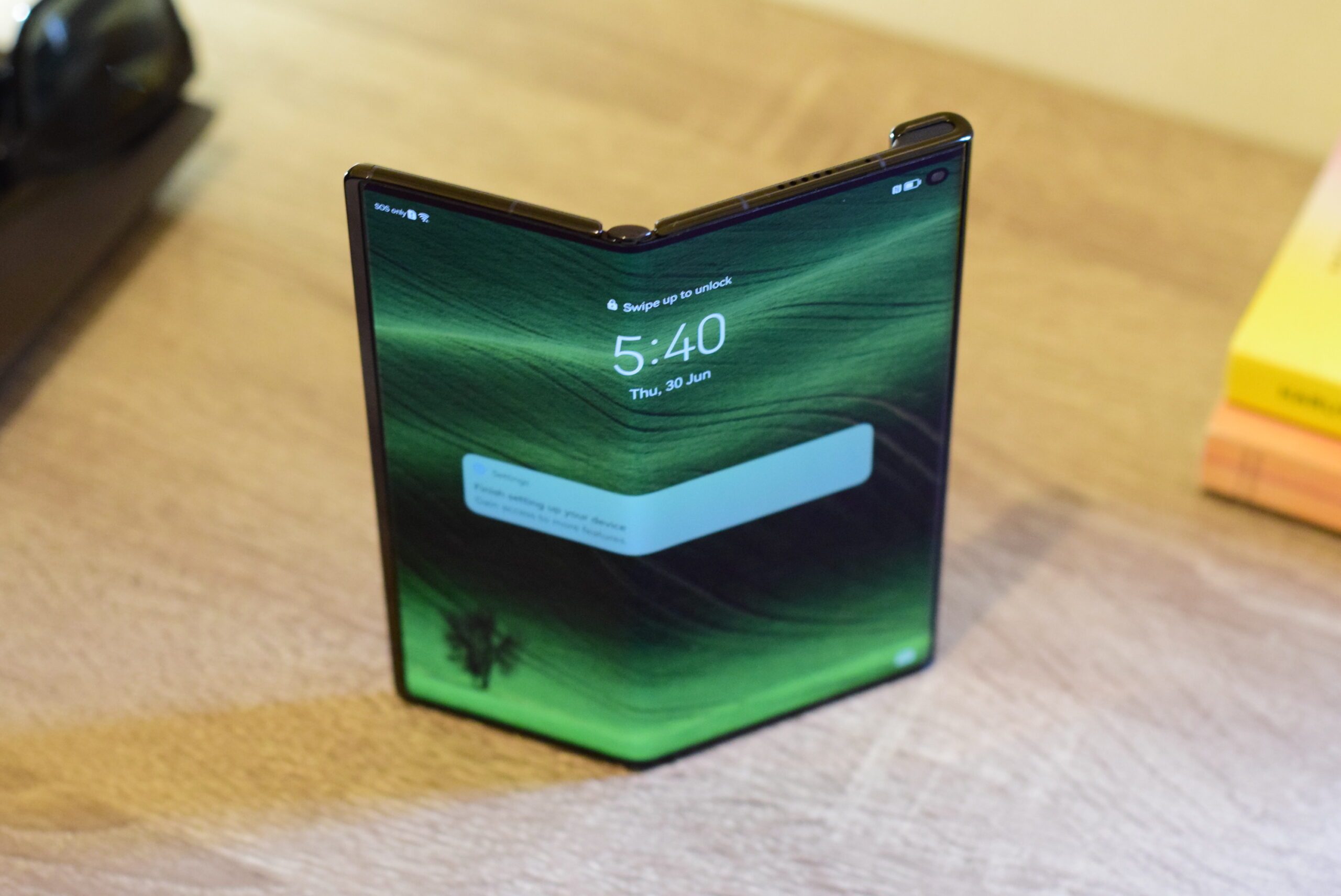
Disclosure: Huawei lent a unit for the purpose of this article.
The Huawei Mate Xs 2 is the brand’s fifth foldable device, following 2019’s Huawei Mate X, 2020’s Huawei Mate Xs, 2021’s Huawei Mate X2, and 2022’s Huawei P50 Pocket.
After several iterations, what you’ll see with the Mate Xs 2 is a sophisticated polishing of what the original outward-folding form of the original Mate X set out to do – to be the sleekest and slimmest foldable. We had hands-on time with the original Mate X before, and while that too was pretty sleek, the Mate Xs 2 feels significantly more so. Folded out, the primary body is even thinner than standard smartphones.
Making it more handsome is the textured carbon fiber-like finish of the back when folded out that not only provides good grip, but also looks and feels amazing. A sturdy aluminum frame holds everything together. The bezels are pretty thin too.
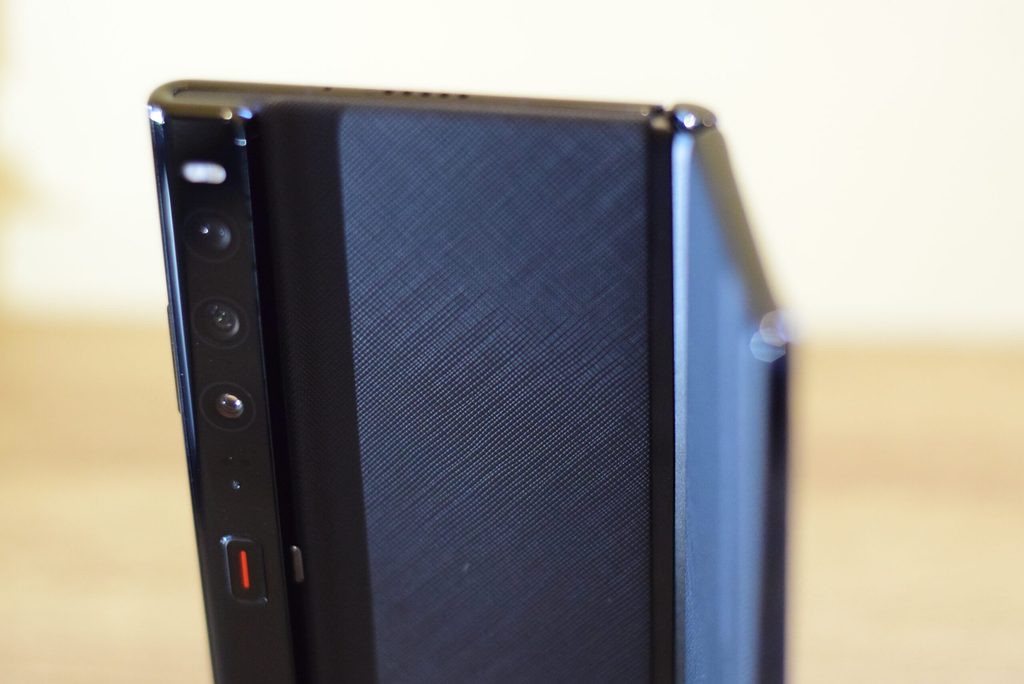
One of the things I didn’t like a lot about its primary rival the Samsung Galaxy Z Fold series was that it was chunky in the pocket when folded. The Mate Xs 2 felt better in the pocket, folded, like you’re just carrying a regular smartphone.
One of the most important improvements, of course, over the first Mate is the screen itself. The first Mate X’s screen felt too plasticky. The Xs 2 no longer has those concerns, and looks just as good as the screen on any regular smartphone. You can also no longer see the hinge where the phone folds, which was the case for the first one.

Huawei also says this is their sturdiest foldable yet. But it’s a phone that you’ll still want to be careful with, given that the outward-folding form factor means that the phone uses the left half of the screen as the back portion when in phone mode. Samsung’s Fold folds inward so it doesn’t use one of its screens as a back panel when folded.
For context, Huawei did use an inward-folding form factor similar to the Fold’s with last year’s Mate X2. The original Mate X, Xs, and the Xs 2 all share the outward-folding form factor.
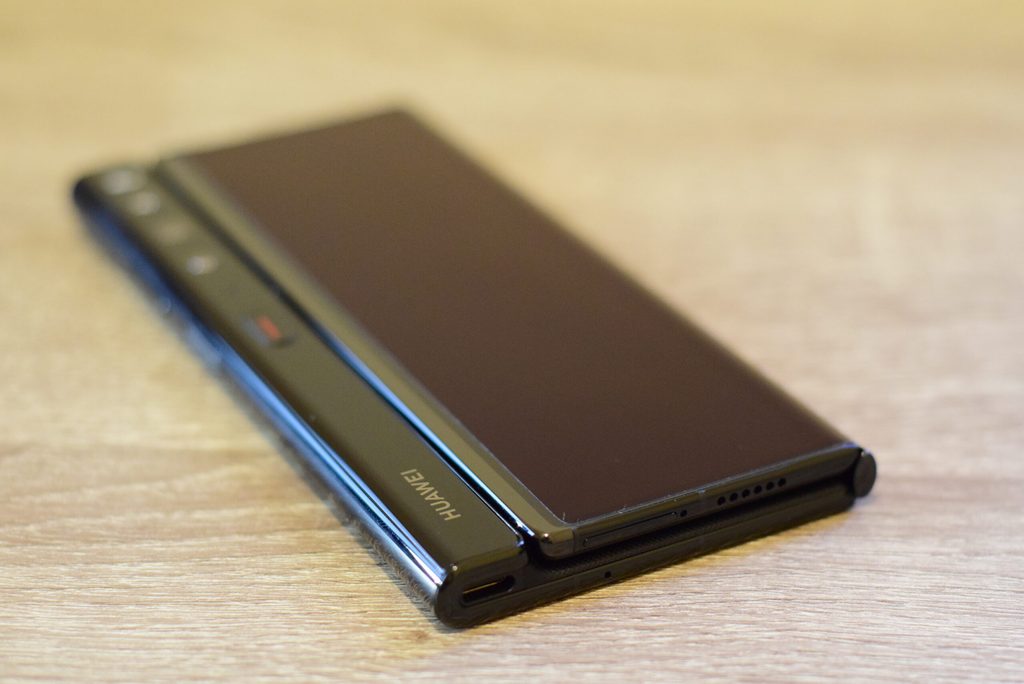
While the original Mate X and other foldables felt like prototypes, the Mate Xs 2 is at a point when it is a viable option for anyone in the market for a top device. Where money is no object, the extra screen real estate plus a folded size that’s no bigger or heavier than a regular smartphone make for a winning combo. Foldables are cool but if they were a hassle to pocket around on a daily basis more than a regular smartphone, then I’d stick to a regular smartphone. I think the Xs 2 finds a sweet spot here.
And the screen real estate of Mate Xs 2 when it’s folded is just as big as a regular smartphone, so there’s not a lot of adjustment needed for the user. While Samsung has increased the size of the front screen of its own foldable, the aspect ratio is taller and slimmer, and the screen is smaller than the usual smartphone.
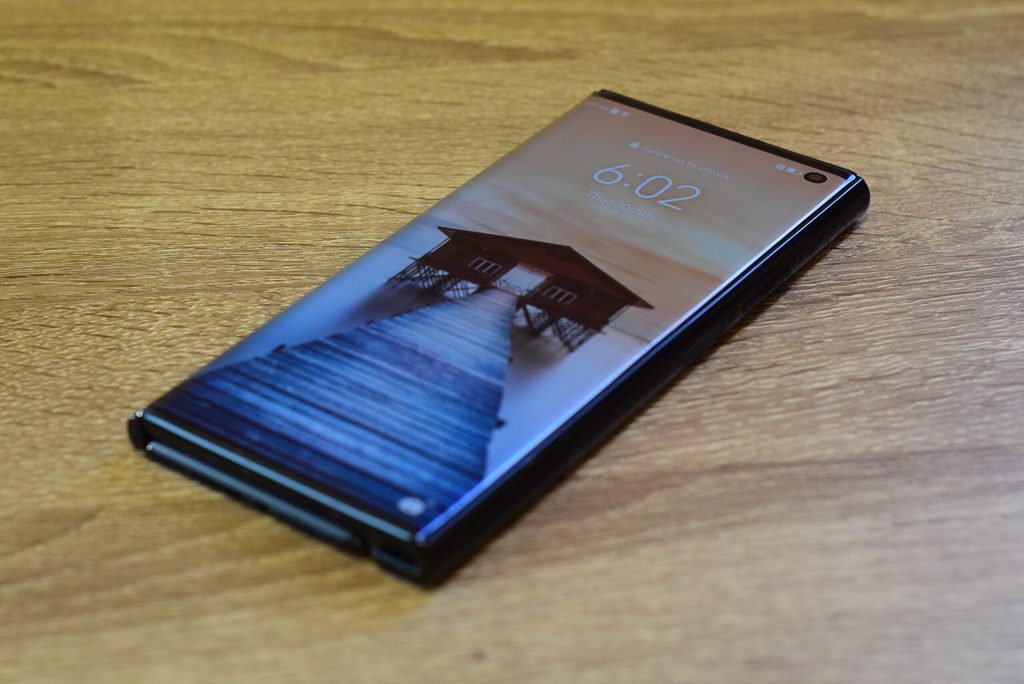
If it’s your first time trying a Huawei device again in a while, and had concerns about Google apps, what happens here is that the Huawei App Gallery provides links to the Google tools you use like Docs or Drive, which allows you to use the web version of the services. This also applies to YouTube, which the phone also created a shortcut for on the screen when I “downloaded” it from the App Gallery.
I was also able to install Netflix through the Petal Search app on the phone. Overall, the setup works for me though I haven’t tested this aspect extensively yet, or whether I’d miss the regular apps. Huawei also offers its own productivity apps – some pre-installed in the phone like Huawei Docs.
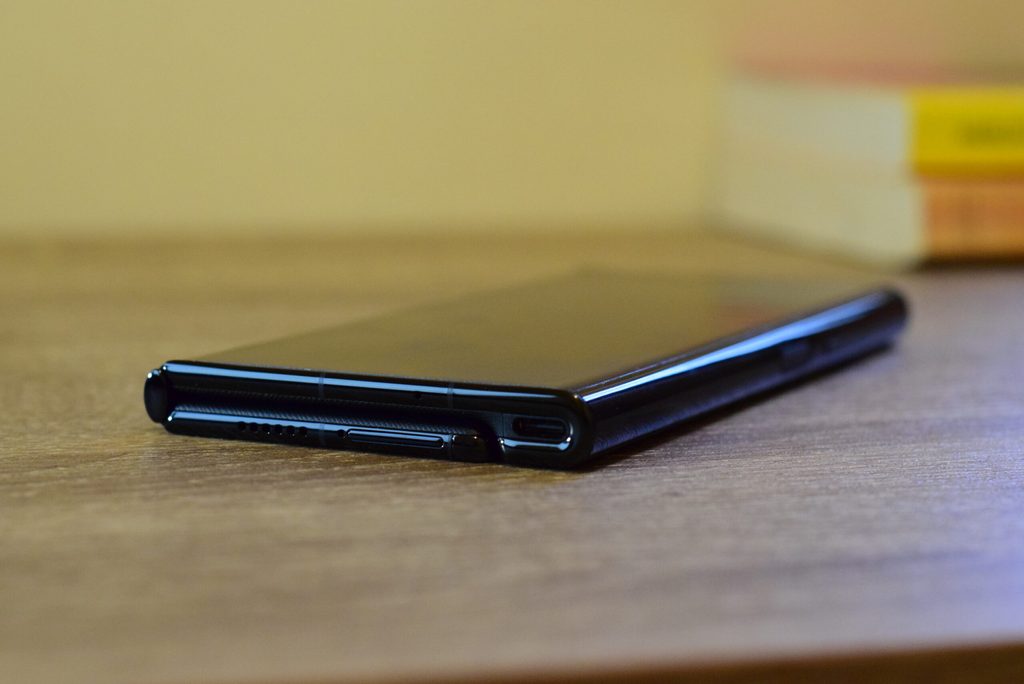
I also love that the user interface separates how you access notifications from quick settings. Usually, you swipe up to access both notifications and quick settings. On Huawei’s EMUI 12, you swipe down on the top-left portion to see notifications, while you swipe on the top-right portion to access quick settings.
The phone has three cameras at the back, a 50MP primary shooter, a 13MP ultra-wide, and an 8MP telephoto, and a 10MP selfie camera. As far as flagship-level smartphone cameras are concerned, these perform up to par.
One issue that those looking for some future-proofing is that the phone only has 4G connectivity, powered by 2021’s flagship Qualcomm chipset, the Snapdragon 888. Samsung’s Fold 3 uses the 5G version of the Snapdragon 888.
It also has 8GB RAM, 512GB of storage, a 120Hz display, a 4,600 mAH battery compatible with Huawei 66-watt fast-charging. It is priced at P99,999, and is available at Huawei’s official site store, and on the Huawei stores on Lazada and Shopee. – Rappler.com
Add a comment
How does this make you feel?



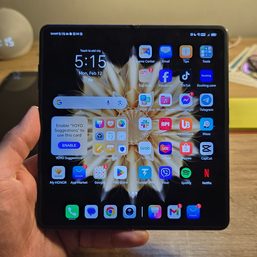
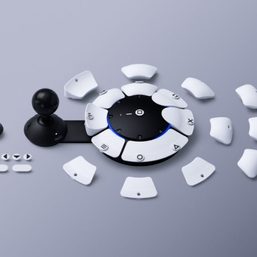
There are no comments yet. Add your comment to start the conversation.